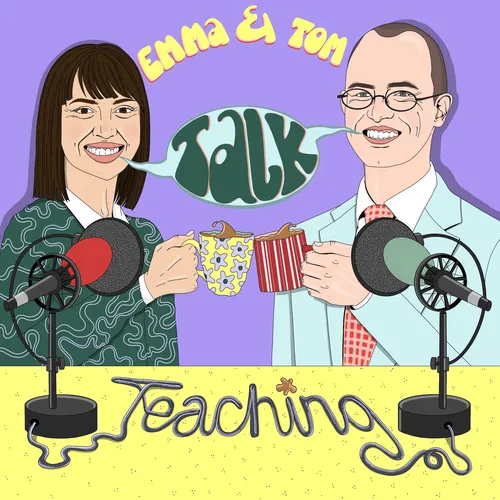Approaches to Cross-Curricular Teaching and Learning
- Author
- Emma O'Dubhchair & Tom Breeze
- Published
- Fri 20 Sep 2019
- Episode Link
- https://blubrry.com/pgcepodcast/47377482/approaches-to-cross-curricular-teaching-and-learning/
It's episode 2, and Dr Judith Kneen is still with us for the second half of this double-bill. We're discussing our ongoing research into how to combine subject disciplines in the expressive arts (though plenty of this will be relevant for those working in other subject areas too). In season 1 episode 5 we described how we jumped in with both feet, trying out some bright ideas with our students with mixed success, and came away with the strong impression that we needed to do some reading.
Fast-forward to this year, and we've done a systematic literature review of all things cross-curricular, interdisciplinary and transdisciplinary in the expressive arts, and have come to some interesting conclusions about what creates those all-important 'powerful connections' that we need to make in order for our learning to be meaningful, and for the subject disciplines to be well-served.
In the course of today's deep discussion we explain what we found, present a taxonomy of cross-curricular approaches in the expressive arts, and give some concrete examples of what meaningful (and less meaningful) approaches might look like in the classroom.
For our regular slots, Emma has a quote from the mighty Albert Einstein himself, Tom wants us all to admit to being a bit of a shambles, and there's a suggestion about tracking your time to find out where it all goes.
If you want to read some of the articles that fed into our literature review, check out the references below. See you next time!
References
Barry, A. & Villeneuve, P. (1998) ‘Veni, Vidi, Vici: Interdisciplinary Learning in the Art Museum’, Art Education, 51(1), pp.16-24.
La Porte, A. (2016) ‘Efficacy of the Arts in a Transdisciplinary Learning Experience for Culturally Diverse Fourth Graders’, International Electronic Journal of Elementary Education, 8(3), pp.467-480.
Maria, K. (2015) ‘The Use of Project Method in Teaching Arts’, Review of European Studies, 7(11), pp.159-165.
Pruitt, L., Ingram, D. & Weiss, C. (2014) ‘Found in Translation: Interdisciplinary Arts Integration in Project AIM’, Journal for Learning through the Arts, 10(1).
Risner, D. (2015) ‘Interdisciplinary Teaching Artists: Moving Dialogue’, Journal of Dance Education, 15(1), pp. 33-38.
Roucher, N & Lovano-Kerr, J. (1995) ‘Can the Arts Maintain Integrity in Interdisciplinary Learning?’, Arts Education Policy Review, 96(4), pp. 20-25.
Stavrou, E., Chrysostomou, S. & Socratous, H. (2011) ‘Music Learning in the Early Years: Interdisciplinary Approaches Based on Multiple Intelligences’, Journal for Learning through the Arts, 7(1).
Wenner, G. (1976) ‘Interdisciplinary Approaches to Teaching and Learning: Where do the Arts Fit?’, Art Education, 29(7), pp. 4-8.
Wiggins, R (2001) ‘Interdisciplinary Curriculum: Music Educator Concerns’, Music Educators Journal, 87(5), pp. 40-44.
----------
This episode was recorded in studio B1.12 at Cardiff Metropolitan University's Cyncoed campus on 2nd July 2019
